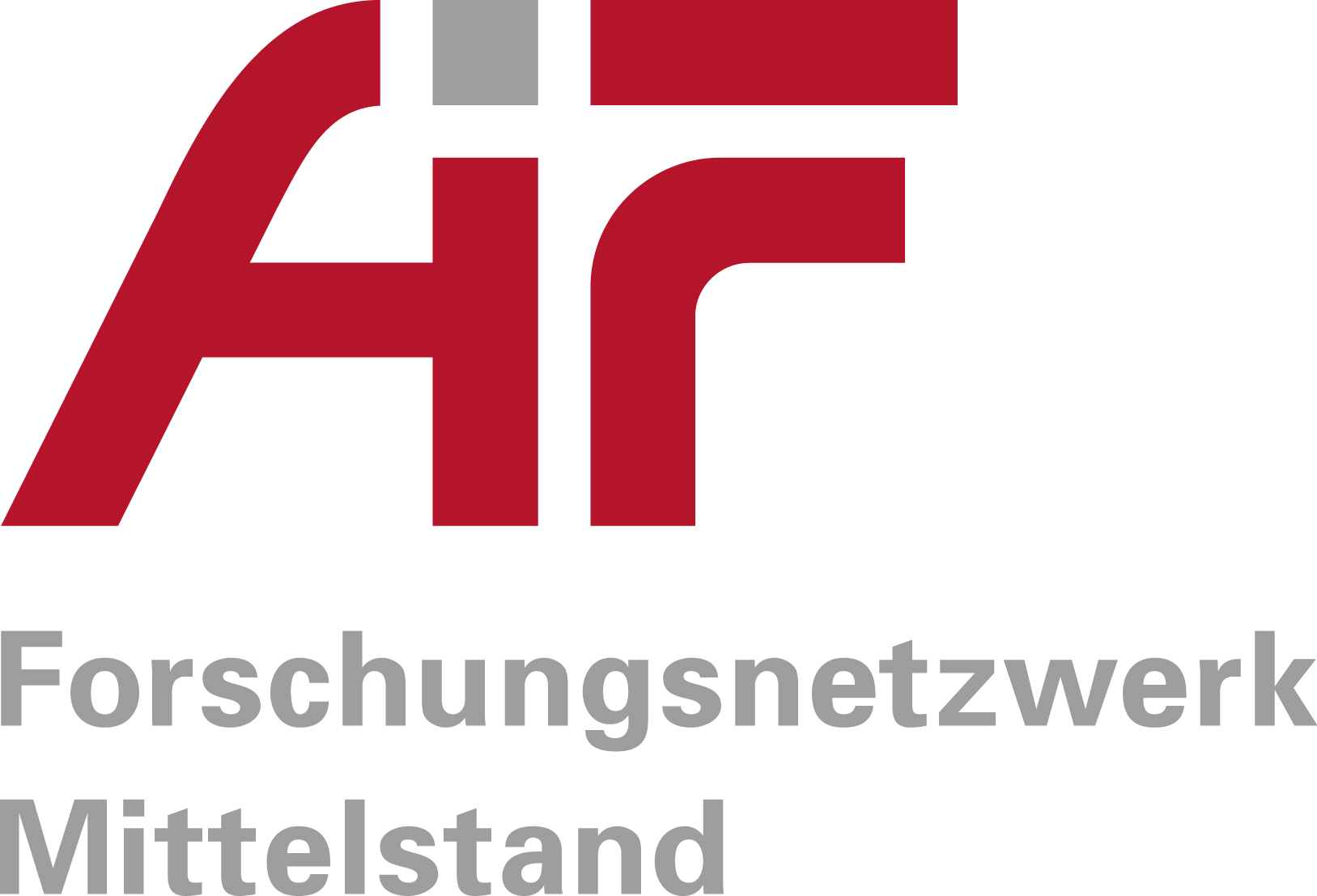Summary of the final report of the research project: IGF Project 321 EN – Ressiar-MID
“Smart sensor systems for IoT applications in the RetroFit of machines and systems with spatial integration technologies”
Work carried out and results
In the reporting period, the topics requirements and use cases were first dealt with. Following this, the topics of system architecture and reference topology were dealt with. In addition, the aspects of design and feasibility were addressed. Several test patterns were developed in order to analyze the feasibility in the various technologies. One of the challenges was the implementation of so-called High Density Interconnect (HDI) metallizations for assembly with highly integrated semiconductor components. These chip sets are necessary for the construction of the sensor systems, because the limited installation space and the limited energy from the primary cell mean that no circuit construction with discrete components is possible or useful. Finally, the construction concept was implemented in the form of demonstrators and finally validated.
Additionally, a test concept was developed which provides the developer and user with information and assistance on how a wireless sensor system should be validated and checked.
Furthermore, intensive work was carried out on the creation of a design guideline. The aim of this is to enable SMEs to independently design wireless sensor systems. The guideline accompanies the development process with practical information and recommendations for action that support the developer.
Architecture
As part of the digitization of existing systems and machines, the so-called RetroFit, new methods and technologies are required to retrofit the required sensors. The consistent and cost-efficient recording of the physical process variables is the basic requirement for the monitoring and analysis of the machine and process states. This is the only way to implement concepts such as the Internet of Things and predictive maintenance, i.e. comprehensive networking and needs-based maintenance of machines and systems. It should be noted here that the physical quantities that are to be recorded are heavily dependent on the machine structure and function. In order to keep the development effort as low as necessary, it makes sense to create a design catalog in order to be able to put together different sensor systems from a kit of different sensor components according to the application.
For this purpose, various sensor principles were analyzed and classified. On the basis of this analysis, a first, simplified, modularizable sensor architecture was derived (see Fig. 1). This was then successively adapted to the requirements for wireless sensors and converted into a spatial form.

Figure 1: Schematic representation of the sensor structure; Source: Fraunhofer IEM, TH OWL
The schematic representation of the variable / modular sensor structure for the acquisition of various physical quantities illustrates the wide range of applications of the concept. The system can be applied to older machines and systems – shown here using three examples of applications – in order to record the required measured variables and transmit them wirelessly to an access point. For a lathe, for example, recording the speed and acceleration on the chuck is a realistic application, while in the food industry, recording the turbidity of a liquid may be important.
With rotating machine parts in particular, wired data transmission is extremely problematic – if at all possible – and can only be implemented with complex measures such as sliding contacts that are prone to failure. It is therefore not considered for retrofitting existing systems and for reasons of cost for retrofitting. It is cheaper to implement wireless communication here, since interference immunity and reliability must be ensured.
From these exemplary application cases, the first requirements can already be derived, with which a first abstraction and modularization of the sensor system results. The sensor module must be independent of the type and physical structure of the actual sensor element. This means that it must not matter whether a temperature, an acceleration or a rate of rotation is to be recorded. In addition, measurement data must be preprocessed in the sensor system before they are forwarded to a base station. The data is then fed from the base station into a larger network such as the cloud. The transmission frequencies, protocols, etc. used are initially of subordinate importance and are primarily specified by the application and the boundary and usage conditions of the sensor system.

Figure 2: System architecture with functional groups; Source: Fraunhofer IEM, TH OWL
The architecture was further elaborated and specified in accordance with the requirements. Figure 2 shows the next development step of the system architecture, which includes not only function blocks but also an initial segmentation into function groups. The option of connecting multiple sensors was also taken into account. By means of a so-called multiplexer, each sensor signal can be selected individually and fed to the signal processing. The signal can also be conditioned, e.g. by filtering or amplification. After that, analog signals are usually discretized using an analog-to-digital converter (ADC). The power management coordinates the energy supply of the sensor module. A battery supplies the energy, which is adapted to the required supply voltages of the individual sensor system components by means of a voltage converter. To save energy, the microcontroller can go into a so-called sleep mode. From this energy-saving mode, the circuit can be started up into the normal operating state by means of a watchdog circuit, in which the watchdog sends a signal to the power management. Watchdog circuits are special systems that react to external events such as changes in position, acceleration, etc. They are often implemented in MEMS (Micro Electro Mechanical Systems) technology, as they can be operated with negligible quiescent currents. The data to be sent are transmitted from the microcontroller to the RF interface. In addition to the Transciever module, this contains a circuit for impedance matching to the antenna. In addition to an onboard antenna, an external antenna can also be used for better transmission ranges. In addition to an NFC (Near Field Communication) system, a wired interface is also provided for programming the microcontroller.
In the next step, the independent functional units of the system – the modules – are specified and spatially separated. All supply, bus, sensor and control lines are also defined here.

Figure 3: Modular system architecture; Source: Fraunhofer IEM, TH OWL
Figure 3 gives a first impression of the spatial design of the sensor system. The actual sensor elements are no longer shown here, since, depending on the type of sensors, an analog or digital sensor interface makes the specific connection. Both interface types have their own DC voltage converter. While the data line can be continued directly from the digital sensor, the analog sensor interface has an optional signal preprocessing in which the sensor signal is conditioned accordingly and adapted to the input voltage range of the ADC. It has been shown that a so-called interposer module is required. This is shown in the figure above as the second module from the left. The interposer module is necessary to connect the different topologies of the sensor element side (left) to the right side mechanically and electrically. In particular, this module is used to implement line or bus crossings. The watchdog circuit is arranged above the microcontroller. The power management block is located to the right of the microcontroller and under the RF block. This contains two DC voltage converters. One of these has a programmable output voltage and is used to supply the sensors, while the other takes over the voltage supply for the microcontroller. The RF module contains the transceiver and the circuit for impedance matching to the antenna. The last module contains on the one hand the antennas for wireless data transmission, on the other hand an NFC antenna and a wired interface such as a USB connection for programming the microcontroller are provided.
Further information on the project can be found here.



